Results 1 to 5 of 5
Thread: Check Your Ammo For Defects!
Threaded View
-
3 June 2012, 21:16 #1
 Check Your Ammo For Defects!
Check Your Ammo For Defects!
CHECK YOUR AMMO! Though I know that this is most important when you are loading ammunition that you may use in a life and death encounter, making it a habit to check everytime you load up is a good rule of thumb.
I have taken some photographs of some of the defective ammunition that we have at our range and keep as examples of what to look for. Bear in mind that in order for us to collect this many examples of defective ammunition, it took probably in the range of a few hundred thousand rounds of ammo, you may still come across these no matter how reliable the ammo manufacturer is.
Bullet Inserted Into Casing Upside Down
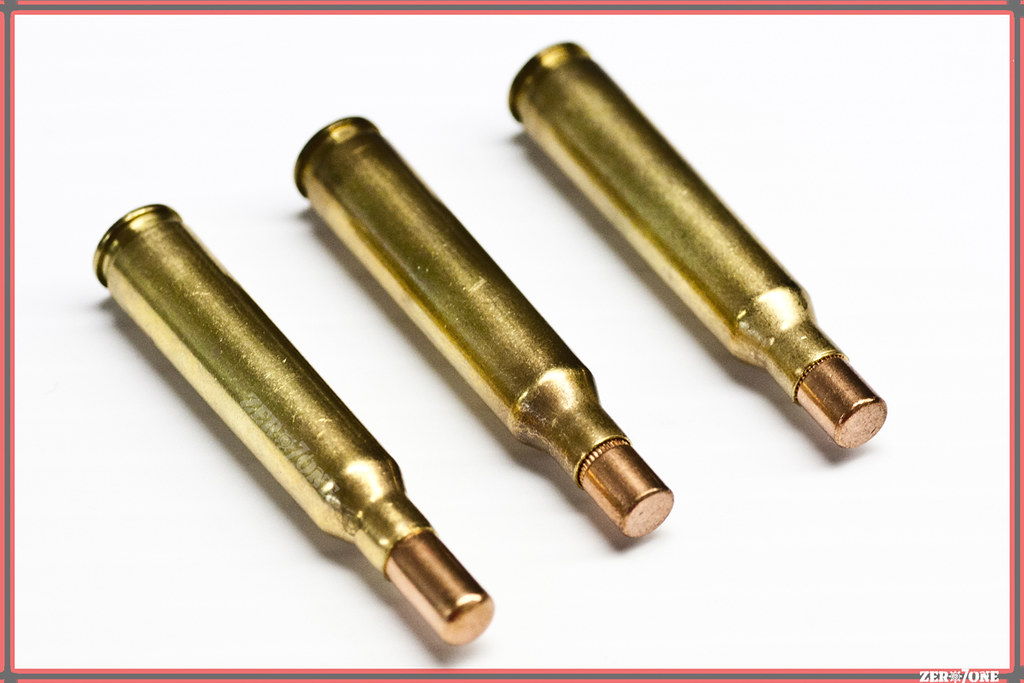
Primer Seated in Casing Sideways

Primer Seated in Casing Backwards


Casing Missing Rim - Occurred During Manufacturing

Case Damaged During Manufacturing
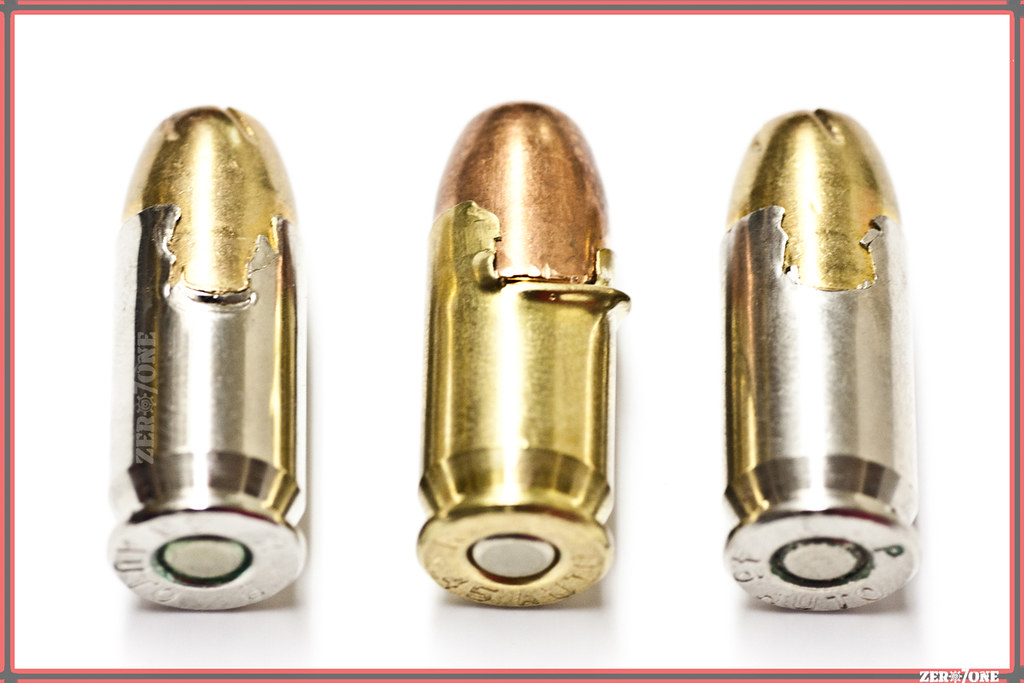
Buldging Primer
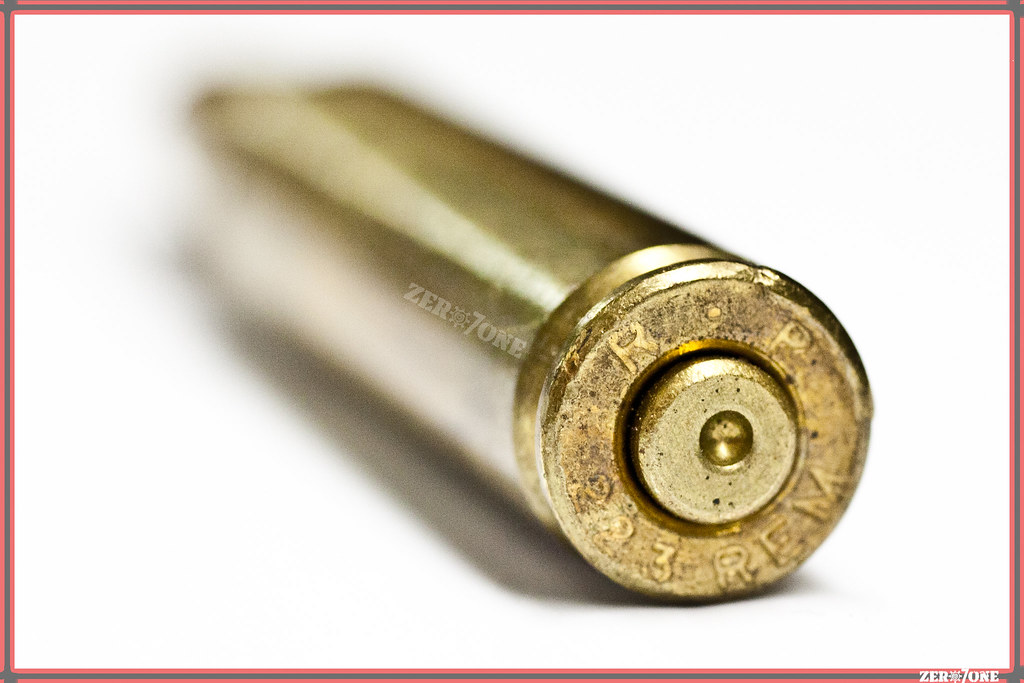
Cracked Casing - Occurred During Manufacturing
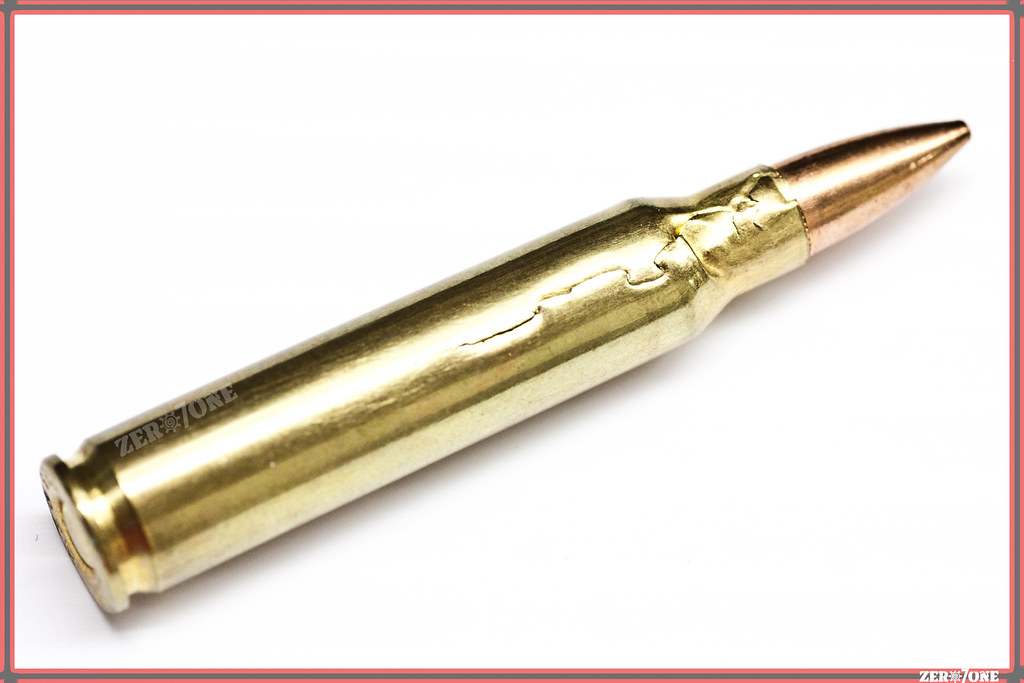
USER INDUCED DEFECT!
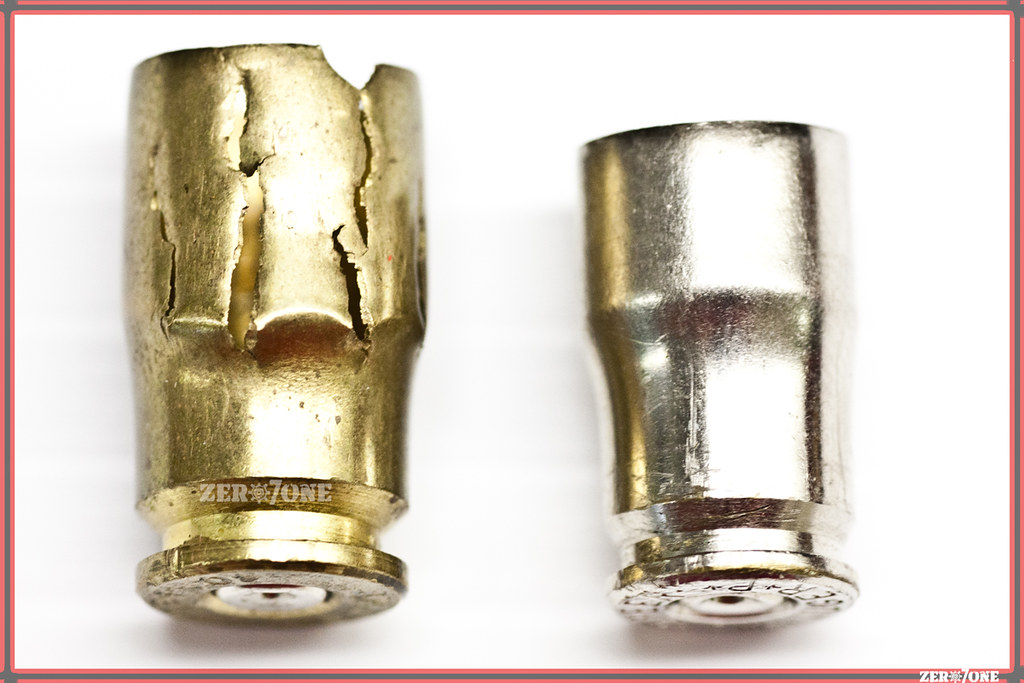
The round on the left is a .40, which was accidentially placed in a .45 handgun by a student. The round on the right is a 9mm, which was accidentially placed in a .40 handgun by a student. Both are examples of what to show your students during training to ensure they do not make this same mistake. Typically the casing cannot be extracted by the handgun's extractor alone and has to be "tapped out" by something like a cleaning rod. This is not a malfunction that you want to occur in a life or death encounter.
Different types of ammunition malfunctions or defects can cause different results in your firearm from a simple failure to fire up to causing your firearm to explode. There are too many variables to guess exactly what will occur with each round. There will be a difference in what effect a .22LR round will have vs. a .338 Lapua with the same defect. Same thing goes for different firearms. A well built and abuse-worthy firearm may handle the defective ammunition very differently than a cheaply made firearm.
If you can take anything away from this, please check all of your ammuntion prior to using it. If there is any question if the round of ammo is safe to use, do not use it. Replacing or tossing a defective round is a heck of a lot cheaper than replacing a complete firearm.
If you have any additional photos of defective ammuntion that you have come across or still have, please post them here. I am interested to see what other defects you have found out there.







 Reply With Quote
Reply With Quote

